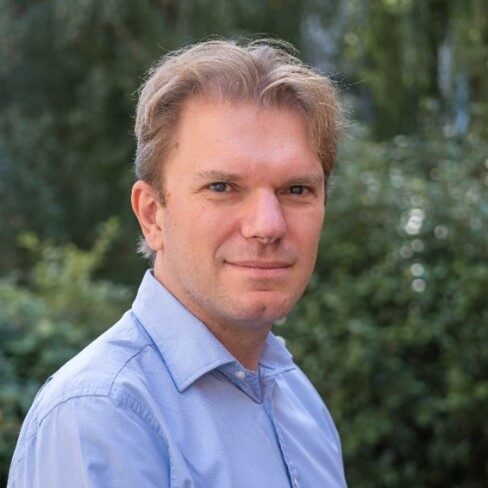
Executive Director
European Federation of Geologists
Glen Burridge is Executive Director of European Federation of Geologists, the representative body for the continent’s professional geological associations. EFG is currently heavily involved in responding to the new opportunities and threats for the geological profession in Europe as it enters a period of significant change in how, where and why it operates.
Our promotion of the profession’s value for sustainable resourcing and protecting the public from environmental hazards involves building relationships with our key “customers” among EU and national policymakers, industry decision-makers, engineers and peer sectors, as well as the media and the public at large. We do this through participation in multiple EU Horizon Programme projects, promotion of excellence in the application of geoscience and setting of international standards, dedicated Expert Panels and Working Groups on the most important topics of concern as well as a wide production of events and media content. EFG’s federation of associations represents over 43,000 individual professional geoscientists from 27 countries and we have longstanding relationships with peer organisations across the world.
Robotic Miners: A Paradigm Shift in the Mining Industry
ROBOMINERS will develop a bio-inspired, modular and reconfigurable robot-miner for small and difficult to access deposits. The aim is to create a prototype robot that is capable of mining underground, underwater or above water, and can be delivered in modules to the deposit via a large diameter borehole. In the envisioned ROBOMINERS technology line, mining will take place underground, underwater in a flooded environment. A large diameter borehole is drilled from the surface to the mineral deposit. A modular mining machine is delivered in modules via the borehole. This will then self-assemble and begin its operation. Powered by a water hydraulic drivetrain and artificial muscles, the robot will have high power density and environmentally safe operation. Situational awareness and sensing is provided by novel body sensors, including artificial whiskers that will merge data in realtime with production sensors, optimising the rate of production and selection between different production methods. The produced high-grade mineral slurry is pumped to the surface, where it will be processed. The waste slurry could then be returned to the mine where it will backfill mined-out areas. ROBOMINERS will deliver proof of concept (TRL-4) of the feasibility of this technology line that can enable the EU have access to mineral raw materials from otherwise inaccessible or uneconomic domestic sources. This proof of concept will be delivered in the format of a new amphibious robot Miner Prototype that will be designed and constructed as a result of merging technologies from advanced robotics, mechatronics and mining engineering. Laboratory experiments will confirm the Miner’s key functions, such as modularity, configurability, selective mining ability and resilience under a range of operating scenarios. The Prototype Miner will then be used to study and advance future research challenges concerning scalability, swarming behaviour and operation in harsh environments.
